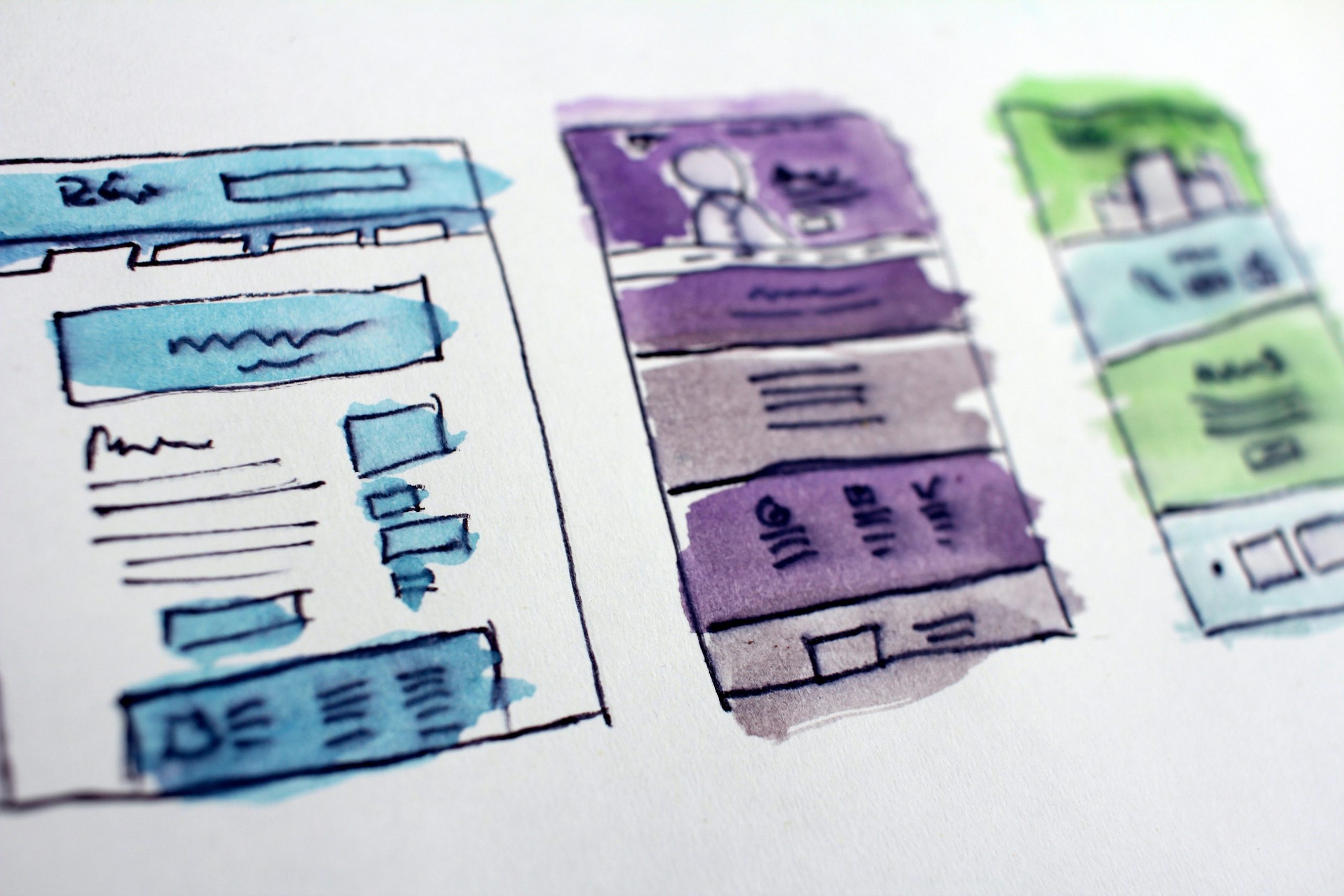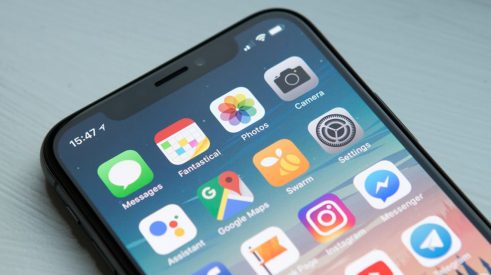The current crisis caused by the COVID-19 pandemic is disproportionately affecting the tourism industry. The beginning of summer left people wondering if there would even be a tourism season at all this year and, if so, what measures needed to be implemented. Relaunching the industry isn’t easy to imagine. How would the summer season turn out? How can companies adapt and thrive post-crisis? Digital technology is definitely becoming more common in this sector, enabling organizations and companies to adapt to changing circumstances and, most importantly, get back to business.
The impact of COVID-19 on tourism
The tourism industry has a unique characteristic that is extremely important—its economic activities take place in a defined physical location. They cannot be relocated as they are closely linked to either a natural attraction or a local culture or savoir-faire. Travel restrictions and other factors are expected to reduce global tourism revenues by 45% this year according to the Organisation for Economic Co-Operation and Development (OECD). The World Tourism Organization (UNWTO) is projecting a loss of $300 to $500 billion in revenue in 2020, one third of the 1.5 trillion generated in 2019. A large majority of companies in the industry are concerned about losing customers for an extended period of time. It’s estimated that it will take between 6 months and a year for activities to resume at a reasonable economic pace.
However, the local characteristic of tourism can be leveraged when relaunching the economy. In Quebec, some optimists are predicting that this year’s season will be better than usual for establishments such as campgrounds, where there will be an influx of tourists who are “stuck” taking their vacations in the province. In fact, local travel is currently the leading reason for recent bookings with 82% of hotel reservations made in the country of residence of the customer. In addition, camping is an important market in Quebec that generates economic spin-offs of approximately $1 billion and it continues to grow. The crisis could therefore have a significant impact on the local economy.
Want to find out more? Check out Leger’s study on the topic.
Make the switch to digital
The effects of the crisis have shown that the tourism industry is currently behind in terms of digital transformation. However, in the early 2000s, the industry was one of the first to use e-commerce sites with the arrival of online booking through travel agencies such as Expedia and Booking. Nonetheless, it’s still common among hotels and other tourist attractions to have websites that aren’t mobile friendly and that don’t provide the option of booking online. In addition, many such companies lack an online presence and use the telephone as the only means of communication with their customers. The challenge for the tourism industry is therefore to embrace digital technology and create an environment that encourages innovation.
Here are a few points to remember:
The importance of mobile phones
Are you still unsure whether you should make your website mobile friendly? Did you know that smartphones are the device that is most frequently used by adults in Quebec to access the internet from home or elsewhere? In fact, the adoption rate of smartphones in Quebec has skyrocketed over the last ten years, rising from 13% in 2009 to 73% in 2018 among adults. And this increase was reflected in all age groups. Demand for data plans has also grown alongside usage. Due to these plans, people surf the web from their mobiles more frequently. In fact, the percentage of smartphone owners who access the internet from their mobile devices on a daily basis increased from 67% in 2016 to 75% in 2018. That’s why it’s important to make your content mobile friendly by using either a responsive or adaptive design.
The use of mobile phones for tourism purposes has also experienced rapid growth. Mobile phones have become a travel companion for consumers and are used for different purposes during the tourism experience: 54% of people use mobile phones to check information about tourist attractions and 52% of people use them to find spots to visit or ideas for travel itineraries. Mobile phones also act as digital travel journals that take photos and capture memories. Furthermore, mobile devices can make travelling easier. Reservations can be made for city bikes or bus tours in a few seconds with a few clicks. Mobile phones also facilitate access to personalized services and allow tourists to share their opinions or favorite experiences with their friends or a brand community.
An increase in online shopping
As a general rule, online shopping has increased exponentially in Quebec since the pandemic began. Currently, 47% of Quebecers make online purchases every month. In 2019, total online purchases by Quebec adults were worth an estimated $12.45 billion, up 19% from 2018. In addition, 28% of adult internet users report that they have changed their personal online shopping habits since the coronavirus crisis began.
Do you know what online shopping looks like in the tourism industry? Paying for a vacation online has become a common practice. However, before taking action, buyers tend to visit many sites, including comparison tools, online booking sites, review sites, hotel sites, etc. After choosing a destination, travellers visit an average of 3.6 sites. Next, they will visit another 3.7 to choose what tourism services they will use. Last, to make sure that they made the right choices, they will consult 2.6 more sites. Internet users go through a long process to plan their vacations. They also want to be able to enjoy spontaneous moments during their travels. For example, a family may decide to only make reservations for a tourist attraction once they have arrived at their destination to make sure their plans fit the weather. Online purchases make this quick, last-minute type of transaction possible. In short, travellers enjoy the ease that comes with shopping online, so it would be wise to offer them an effective online transaction platform.
Staying connected
In general, there is a growing desire among people to remain connected to each other and to information. Factors such as your online after-sales service, social connection and connected objects can all influence tourists’ choices.
Online after-sales service
Your after-sales service is a key way to stay connected with your customers. Consider offering easy access to your company, either for special requests or purchasing online services.
Social connection
These days, with social media, people want to stay connected with the brands they like. Why not let visitors leave reviews about your company? When asked how certain web pages could be improved, internet users often recommend that it should be easier to leave comments.
Connected objects
The Internet of Things (IoT) is currently expanding. For instance, the number of adults in Quebec who have connected objects at home reached 33% in 2018. Maintaining a link between your platforms and your customers’ connected objects at home is already a good starting point. You can also use the IoT to rethink your customer experience. For example, tourists going to Disneyland are given connected wristbands. The wristbands emit radio waves, allowing visitors to pay, get into their hotel rooms and access the various attractions. They also provide a lot of data and information that Disney can analyze. The wristbands let Disney know where visitors go, what they consume and which attraction they waited for the longest.
Another common example of how the IoT can be useful to the tourism industry is the applications found on touch terminals at the entrance to attractions. These terminals let tourists see where they are in relation to where they want to go. That way, they’re more easily able to find their way to their destination and can even ask what route to follow based on their method of transportation. In addition, the application and terminal often provide the option of downloading the route to a mobile device.
As you can see, the possibilities are endless! In the tourism industry, the use of connected objects has brought about extraordinary developments in terms of collecting data to make destinations smarter. We’ll come back to this topic in our article on tourism 4.0—also known as smart tourism!
Going virtual
Immersive technology is reinventing how we approach tourism, culture and heritage. Institutions such as the Musée de la civilisation and the Musée national des beaux-arts have put a portion of their collections online along with remote cultural mediation tools free of charge.
Here are some creative digital projects to discover:
– Une heure au musée (An hour at the museum)
Musée de la civilisation de Québec had the natural instinct to expand its activities through virtual visits. Explore 360-degree immersive virtual reality experiences of various permanent exhibits (This Is Our Story), temporary exhibits (Venenum: A Poisonous World) and even past exhibits (My 2000-Year-Old Double).
You can also view content from the Musée national des beaux-arts du Québec, the Monastery of the Ursulines of Québec and the Grand Théâtre de Québec, as well as from museums across the province, such as the Centre d’histoire de Montréal, the Musée POP de Trois-Rivières, the Musée d’art de Joliette and the Musée maritime du Québec. The site is also continuing to gather stories from confined Quebecers for its project Documentez la pandémie (Document the pandemic). Find out more here.
– Konek.ai
Are you familiar with the Konek.ai technology ecosystem for hotels? The platform brings together Wi-Fi, TVs and telephones. By combining data and technology in this way, Konek.ai gives hotels new tools to improve the services they provide to their clients. Remember when we discussed the benefits of the IoT earlier? Well, this is a great example of how the IoT is used in Quebec. Konek.ai can help make hotels more competitive by giving them back control of their data, which is currently in the hands of online travel agencies. Due to cost savings and data collection, the tool invented by Konek.ai is innovative and indispensable for a large part of the hotel industry. Find out more here.
– Connect&GO
Connect&GO is a global leader that offers a unique combination of smart technology and operating management systems for the leisure, sports and entertainment industries. Companies in these industries are facing a new reality with regard to relaunching their activities post-COVID-19. However, Connect&Go can help ease health concerns by providing contactless solutions to keep clients safe, including smart points of sale, contactless ordering kiosks, mobile ordering and payment via RFID wristbands and cards. They offer a wide range of flexible modules for ticketing, access control, cashless payments, experiential activations and more. It’s never been easier for guests to enter, pay and play! Find out more here.
– Locketgo
Locketgo is a young company that provides smart locker rentals to festivals and other clients. They provide a storage solution that improves operational efficiency while also allowing their customers to be autonomous. After all of the major summer events were cancelled, the company went into solution mode and started a very interesting project—installing a network of connected lockers throughout the city. For example, someone who is waiting for a package to be delivered can reserve a locker online and give the delivery person access to it. Find out more here.
Five digital opportunities for a strong relaunch of the tourism industry
1- Roll out a strong regional vision
Websites for tourist destinations or attractions are similar to display cases for retail stores. They are an essential tool for drawing in customers and are therefore invaluable for converting them. As a first step, it can be of great use to carry out a broad review of your company’s online presence. After all, the number one priority of your website should be to engage your visitors. How can you assist them? How do you want to provide them with information? What tools could help ease their concerns? How can you make it easier for them to plan their getaways? In short, be able to identify the key points that will get the visitor engaged in the destination.
Check out how we used innovation to rethink member and visitor engagement for Tourisme Chaudière-Appalaches.
2- Review your collaboration tools
Using efficient tools internally is just as important as providing effective digital solutions to your customers. After all, innovation results from collaboration. Furthermore, the growing importance of strategic partnerships is becoming clear. With the current crisis, small regions have better chances of survival if they join forces with those around them to develop competitive ecosystems. Regional tourist areas can use this opportunity to become influential economic centres.
During your company’s relaunch, you most likely had to overhaul your communication strategy and learn how to work in a new way. Intranet and extranet sites are examples of tools that are indispensable when it comes to making important decisions. They can help you to promote your brand image and values. These types of collaboration tools also help to break down silos and make your company’s approach people-oriented rather than administrative.
So how do you use these technology solutions to maximize the efficiency and effectiveness of your organization? Find out here.
3- Venture into e-commerce
Every month, more than one-third of Quebecers make online purchases. Before the crisis, online shoppers spent a lot of money on shows, outings and restaurants. That’s actually good news for the relaunch of the tourism industry! But is it possible to roll out an e-commerce solution overnight? If your company is able to quickly engage in strategic thinking around its capabilities, then the answer is yes. After all, the challenge with e-commerce is being able to handle logistics and meet delivery deadlines. However, since the crisis started, consumer expectations towards online shopping have risen to new heights. Do you already have an e-commerce site? If so, the current pause in activity is definitely an ideal time to review your merchandise management tools and dashboards. And why not start offering coupons to help keep your head above water?
Do you want our advice? Get it here.
4- Optimize your use of data
Artificial intelligence, the Internet of Things and proximity communication technology are changing the way things are done in the tourism industry and making it possible to create innovative experiences. However, to master this technology, you have to be able to manage your data effectively. Your ultimate goal should be to increase the number of visitors to your region or to enhance the cultural appeal of your destination to tourists. To do so, you’ll need the right tools to collect and analyze your data. Your company has access to a lot of data, whether its on your products and services, clients or partners. By analyzing your data, you can make better decisions and turn your destination into a tourist hotspot. You can help to better understand your market and more effectively respond to its needs.
How do you get started with data management? Find out here.
5- Revamp your user experience
Things may have slowed down for your company. Why not take use this forced break to rethink your user experience? First, develop a profile of your users. How do they behave while travelling? What activities do they do? Are there differences between age groups? What are their favourite destinations? By analyzing the behavior of your users, you’ll be able to make adjustments and improvements.
The 25 best travel destination websites in the world set themselves apart from the competition by:
- having a modern, attractive layout
- providing easy navigation and high-quality visuals
- presenting their service offering through storytelling
Don’t forget to analyze the traveller’s cycle and the customer journey of visitors to your website (before, during and after their trips) while remembering the increased popularity of mobile phones.
In summary, as a company in the tourism industry, you will face several challenges while relaunching your activities. However, you can also view this time as an opportunity to rethink your use of digital technology. How can you provide unique experiences that meet the needs of your customers? You may find many opportunities to optimize and build on what you achieved before the pandemic so that you can be more competitive once you relaunch your business.
Do you want to stimulate your regional economy through innovation, creativity and collaboration? Contact us.




